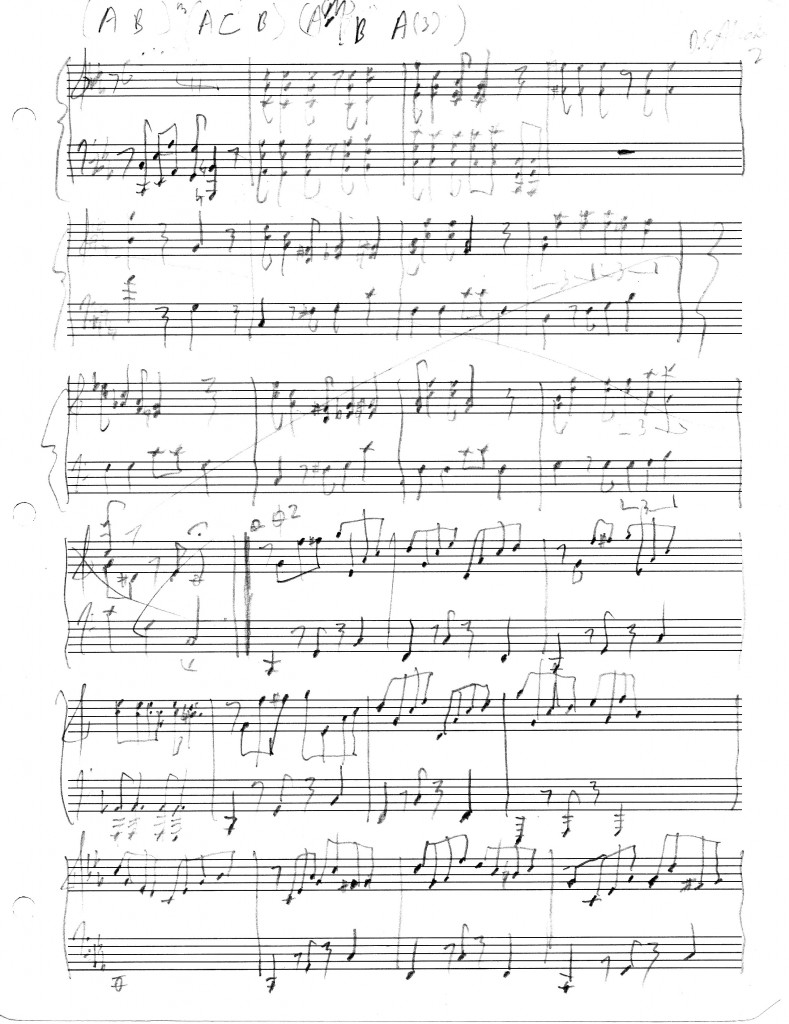I recently created and recorded an arrangement of the Super Mario Bros. iconic main theme but with a twist–I changed it to be in a minor key! I personally am very technically-minded and I love music theory so I thought I’d do my best to share a little bit about some of the details of how I went about creating this new arrangement.
First things first, however; in case you haven’t seen it yet, check out the video above.
So what does it mean that I changed the Mario theme into a minor key?
In theory (literally, as I mean in music theory), this means that there are three notes that are modified from the original key, and in this case they are B, E, and A. Those three notes are lowered by one half-step—the new notes’ frequencies are created by dividing the previous notes’ frequencies by approximately the twelfth root of two (this gets really complicated, so let’s stop there).
In practice, this means the piece sounds a little bit sadder and a little bit darker. (I actually think it sounds like a soundtrack for a silent movie, not so much sad as kinda goofy, but I digress.)
With the above guidelines in mind, I started by sitting at the piano with my existing transcription of the Mario theme and writing out what it might sound like with these modified notes. Here’s a concrete example:
The first thing you might notice is that I have pretty messy writing. After that, you might look at the top and see a quick analysis of the form of the original Mario music for my own reference while deciding what to do next (the “A B A C B” stuff). You can also see a section that I crossed out (deleted scenes!) because it wasn’t very good and that is actually why I wrote out the form of the original on this page—to help me figure out what the structure was and what I wanted to do next.
I played through the piece over and over, adding and tweaking more and more, until I ended up with (in my opinion) a finished arrangement. I then input all of my scribbles into Sibelius and printed out a nice, legible copy of my final sheet music. I practiced a bit, Blair said “let’s post this on YouTube!”, and, well, I think you can figure out the rest.
One last interesting note: the slow down near the end of the arrangement wasn’t originally written in, but it just spontaneously (accidentally) happened in one of our takes, and we decided to keep it!
I hope this small glimpse inside the process was interesting and I welcome any feedback or questions about it here or on any of our social networks.









